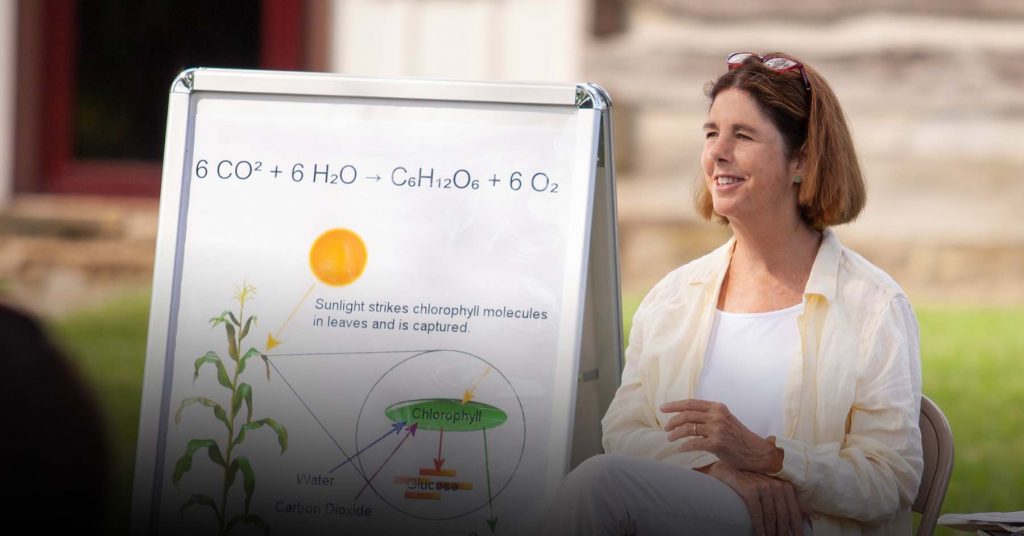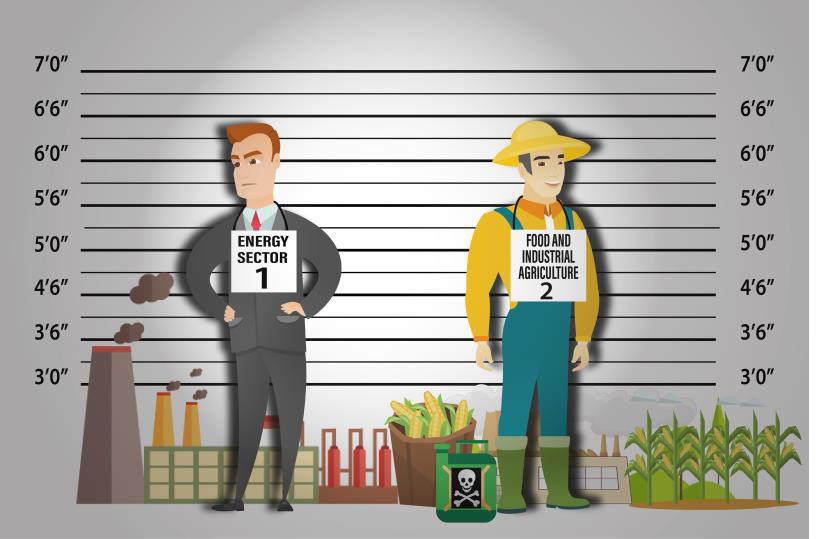Dear Friends,
You’ve heard it a hundred times: our environment is in crisis. Carbon levels in the atmosphere have exceeded certain tipping points, leading to melting ice sheets, calving glaciers, routine wildfires and floods. We fear losing much of Florida to the sea; New York City, London and coastal California are goners. Large shifts in the jet stream and major ocean currents will disrupt weather patterns on which civilization depends.
Still, after decades of talk, carbon in the atmosphere keeps going up, not down. People who follow the data are panicking.
If our civilization can’t stop the pumps (construction, transportation, heating and cooling), can we buy some time by putting atmospheric carbon back in trees, plants and soils, where it belongs? Is it possible for agriculture to become a solution rather than a cause of climate change?
~
Why have farmers, who deal in plants, grass-eating animals, and soils, taken center stage?
PHOTOSYNTHESIS.

But farming is now the baddest of the bad…
A lot must change for farming to be properly facilitating photosynthesis to both make food AND store carbon. Right now, agriculture and the food system are vying for the #1 spot in the greenhouse gas bad guy line-up. Standing next to the energy sector, food and ag are tied for the largest source of atmospheric carbon emissions.

On reflection, most recognize that fossil fuel powers enormous field equipment, trucks, refrigerated warehouses, grocery stores …the food infrastructure. But many don’t realize that large amounts of fossil fuels are also necessary to make farm fertilizer, farm herbicides and pesticides, which increase yields, but kill the microbes in the soil while doing it.
Indeed, the process for making fertilizer was once used for making bombs, which is why terrorists use “fertilizer bombs” to blow up cars and buildings. Modern agricultural fertilizer production needs natural gas, and lots of it, to break atmospheric nitrogen’s bonds.
NPK farming, along with the liberal use of herbicides with unscary names such as Round-up,Liberty,and Remedy, has made our food less nutritious, our soil far less healthy, and our world diminished.
Can agriculture be rehabilitated? Answering this question on a working farm– not in the lab, not in university field plots, not at conferences, not in the library — has been my life’s work. And I’m just not sure.
But we don’t quit! Last December, Mt. Folly Enterprises was awarded a grant to develop “climate
smart” farming and “commodities.” For five years, our progress will be measured. So by 2028, we hope to have an answer, or at least a good direction.
Can we do this alone? Absolutely not! We need your help. We need your ideas, feedback, partnership and support as we gain working knowledge and take action.
From constructing a local biodiesel plant, a local processing facility, to a local farm store, mail order company and distillery, the job appears to be one of reimagining and building the infrastructure for a regional economy. On the land, we’ll keep improving, fine tuning many things on the farm, most of which we started decades ago.
The farm will host field days and farm tours along the way, some general and some dealing with specific questions. We aren’t having these tours to boast and show off. The tours are to examine the successes, the might-have-worked’s, and the failures, and plot a way forward.
All the best,


